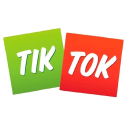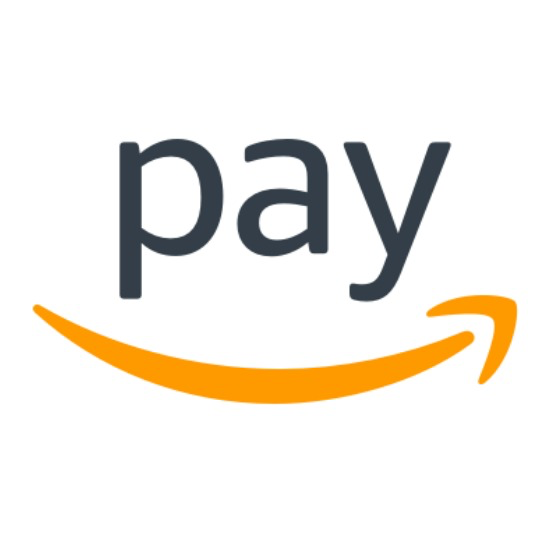How I Healed My Injury With Bone Broth And Bootstrapped A $540K/Year Business
Hello! Who are you and what business did you start?
I’m an elite ultramarathon runner, the world’s best wolf-dog dad, and the founder of Bluebird Provisions Bone Broth, North America's fastest-growing bone broth brand.
In 2017, I was told by doctors I would never run again due to a devastating foot injury that left me depressed. Using bone broth, I eventually healed my foot and got back to winning ultra marathons.
I quit my job and became obsessed with sharing bone broth with anyone who can benefit as he did. Today Bluebird Provisions sells the most delicious bone broth you’ll ever try at Whole Foods, on our website, and Amazon.
Now we’re doing 49,000 per month and growing 50% year over year. Our customers are active individuals aged 30-60 who are looking for natural ways to get better skin, and gut health and improve joint pain. We’ve increased our customer base by 5000% since we started.


Download the report and join our email newsletter packed with business ideas and money-making opportunities, backed by real-life case studies.

Download the report and join our email newsletter packed with business ideas and money-making opportunities, backed by real-life case studies.

Download the report and join our email newsletter packed with business ideas and money-making opportunities, backed by real-life case studies.

Download the report and join our email newsletter packed with business ideas and money-making opportunities, backed by real-life case studies.

Download the report and join our email newsletter packed with business ideas and money-making opportunities, backed by real-life case studies.

Download the report and join our email newsletter packed with business ideas and money-making opportunities, backed by real-life case studies.

Download the report and join our email newsletter packed with business ideas and money-making opportunities, backed by real-life case studies.

Download the report and join our email newsletter packed with business ideas and money-making opportunities, backed by real-life case studies.

































